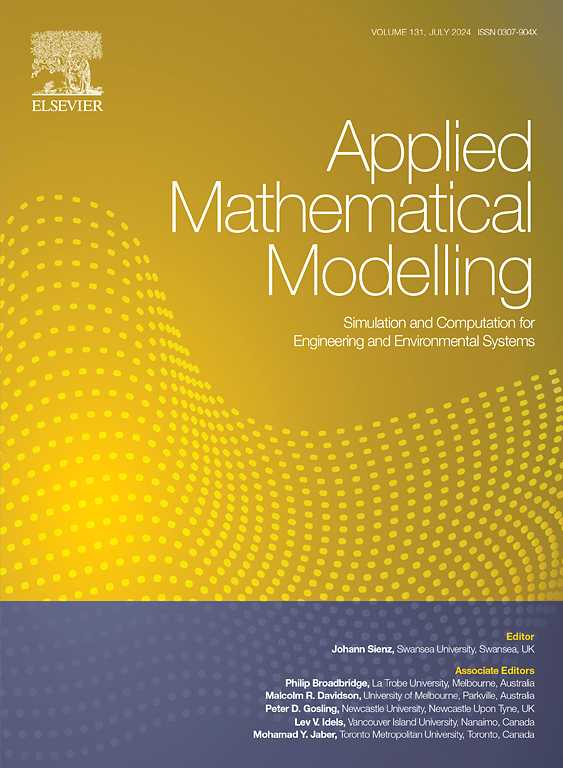Generalized mathematical electro-mechanical-yielding zone model for a non-centric semi-permeable anti-plane crack in arbitrary polarized piezoelectric strip
IF 4.4
2区 工程技术
Q1 ENGINEERING, MULTIDISCIPLINARY
引用次数: 0
Abstract
In the paper, we propose a generalized mathematical electro-mechanical-yielding-zone model to address the presence of a mode-III, non-centric semi-permeable crack in an arbitrary polarized long and narrow piezoelectric (PE) strip. The electro-mechanical-yielding zone model is generalized by exploring three different scenarios on the rims of mechanical-yielding zone: Linear, quadratic and cubic interpolating polynomial times the distributed anti-plane yield point shear stress. It is assumed that the mechanical-yielding zones are smaller than the electrical-yielding zones. The solution to the problem has been achieved by utilizing the Fourier cosine transform and the integral equation techniques. The analytical expressions are derived for electrical-yielding zone, mechanical-yielding zone, electric crack condition parameter and various fracture parameters, such as crack-sliding displacement (CSD), crack-opening potential drop (COPD) and energy release rate (ERR) under all considered scenarios. Furthermore, numerical case study is conducted for investigating the effects of material properties, strip width, prescribed electro-mechanical loadings, crack-face boundary conditions and poling angle on numerous fracture parameters. The results obtained from the present study undergo rigorous analysis and a graphical comparison is employed to offer a clear and insightful representation of the findings.
求助全文
约1分钟内获得全文
求助全文
来源期刊

Applied Mathematical Modelling
数学-工程:综合
CiteScore
9.80
自引率
8.00%
发文量
508
审稿时长
43 days
期刊介绍:
Applied Mathematical Modelling focuses on research related to the mathematical modelling of engineering and environmental processes, manufacturing, and industrial systems. A significant emerging area of research activity involves multiphysics processes, and contributions in this area are particularly encouraged.
This influential publication covers a wide spectrum of subjects including heat transfer, fluid mechanics, CFD, and transport phenomena; solid mechanics and mechanics of metals; electromagnets and MHD; reliability modelling and system optimization; finite volume, finite element, and boundary element procedures; modelling of inventory, industrial, manufacturing and logistics systems for viable decision making; civil engineering systems and structures; mineral and energy resources; relevant software engineering issues associated with CAD and CAE; and materials and metallurgical engineering.
Applied Mathematical Modelling is primarily interested in papers developing increased insights into real-world problems through novel mathematical modelling, novel applications or a combination of these. Papers employing existing numerical techniques must demonstrate sufficient novelty in the solution of practical problems. Papers on fuzzy logic in decision-making or purely financial mathematics are normally not considered. Research on fractional differential equations, bifurcation, and numerical methods needs to include practical examples. Population dynamics must solve realistic scenarios. Papers in the area of logistics and business modelling should demonstrate meaningful managerial insight. Submissions with no real-world application will not be considered.
 求助内容:
求助内容: 应助结果提醒方式:
应助结果提醒方式:


